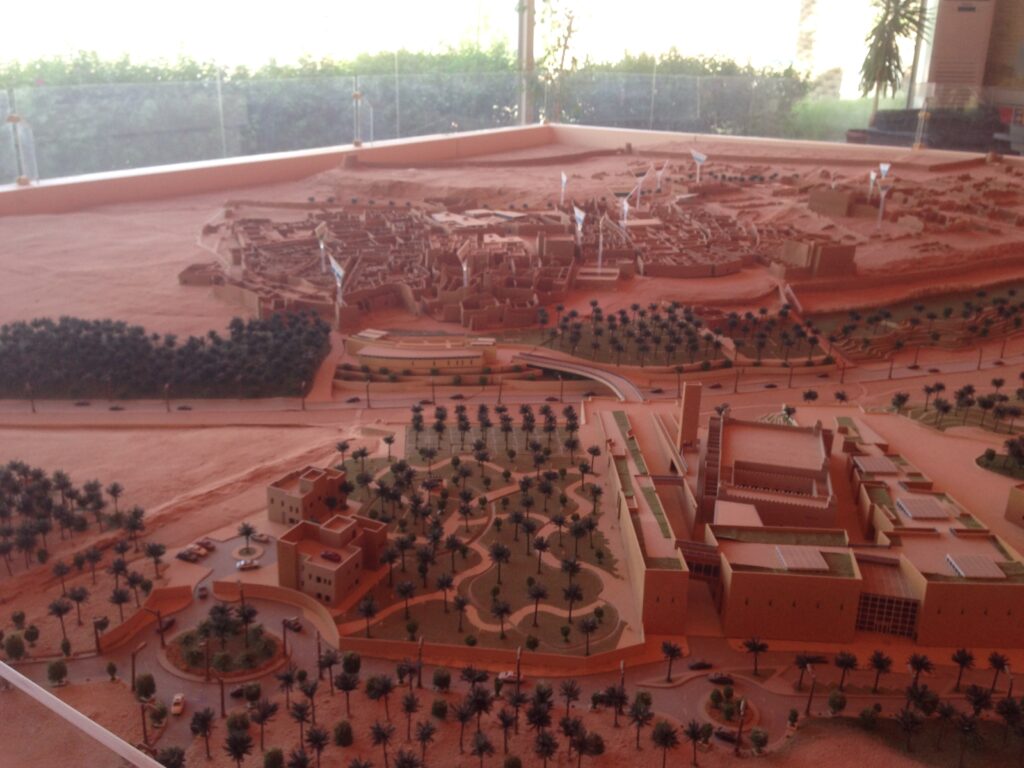Saudi Arabia – Measuring the Economic Impact of Heritage Investments Saudi Arabia
Methods for Measuring the Economic Impact of Heritage Investments
What
The Kingdom of Saudi Arabia (KSA) is actively pursuing economic diversification from its traditional petroleum-based industries to new ones such as tourism. Cultural tourism has been identified as a principal path for diversification. The Kingdom has great potential for developing its cultural heritage tourism as a long term sustainable engine of growth. Pursuing this development, however, requires targeted public and private sector investments. The World Bank was asked to help determine the best methodologies for measuring economic impacts. Scott Wayne was on the World Bank team assisting with this initiative through an extensive study that included the following:
- Comparative analysis of methodologies for measuring the economic impacts of cultural heritage investments.
- Measuring the existing (ex-post) economic effects of cultural tourism and heritage investment and development to help prioritize future public and private investments.
- Analysis of the economic impact of cultural visitors at the national and provincial levels, as well as in the top 13 cultural sites and at the historically central Masmak Fort in Riyadh.
- Cost and benefit analysis for restoring and/or rehabilitating cultural sites. The analysis showed the number of jobs and corresponding labor income generated through restoration and rehabilitation in general and at Rijal Alma, Ushaiger, and Al-Soor District and Masmak Fort.
- Urban regeneration case studies in KSA through the restoration and rehabilitation of cultural heritage sites.
- International case studies from Georgia, Morocco, Lebanon, and Spain where cultural heritage had positive impacts on urban regeneration.
Results:
Recommendations were provided that included:
1. Site Level Surveys to Expand Data Collection and Analysis for Benchmarking Heritage Destination Expenditures and Investments
2. Expand Implementation of Heritage Restoration and Rehabilitation Impact Analysis to Additional Sites
3. Implement a Heritage-based Urban Regeneration Program
4. Design and Conduct a National Heritage Marketing Campaign for Visitors, Investors and Host Communities
5. Apply the Contingent Valuation Methodology for measuring the non-economic impacts of cultural heritage investments.



